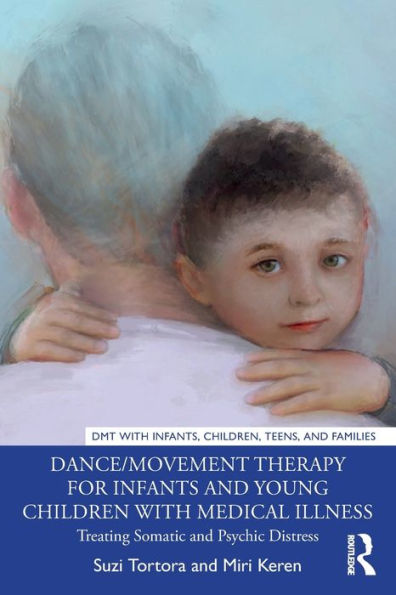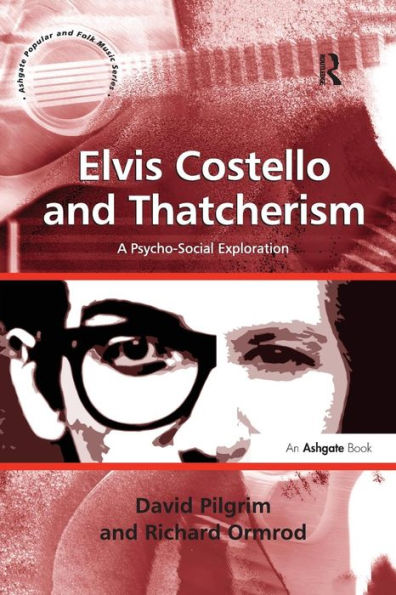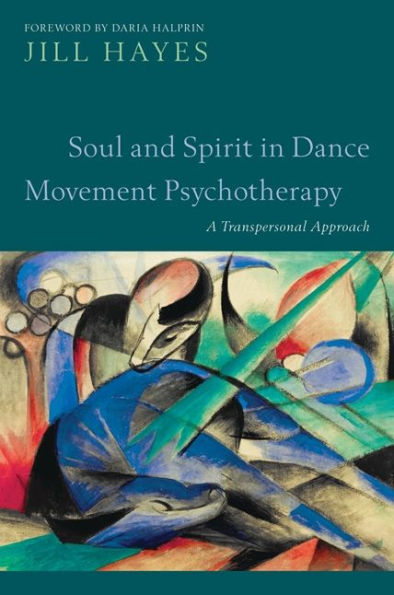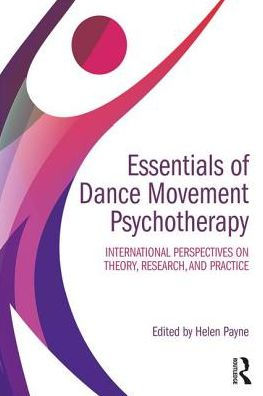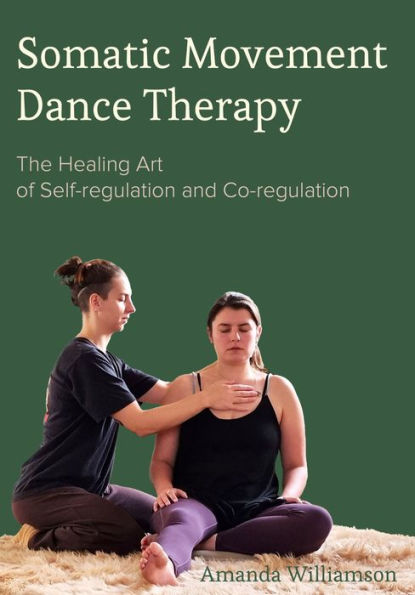Home
Dance Movement Therapy and Psycho-social Rehabilitation: The Sampoornata Model
Loading Inventory...
Barnes and Noble
Dance Movement Therapy and Psycho-social Rehabilitation: The Sampoornata Model
Current price: $180.00


Barnes and Noble
Dance Movement Therapy and Psycho-social Rehabilitation: The Sampoornata Model
Current price: $180.00
Loading Inventory...
Size: Hardcover
*Product Information may vary - to confirm product availability, pricing, and additional information please contact Barnes and Noble
This book looks at the psychotherapeutic effects of Dance Movement Therapy (DMT) with a focus on the experiences of survivors of gender-based violence and their social development, psycho-social rehabilitation, and reintegration within society.
The author, a sociologist and dancer, uses a model she calls
Sampoornata— or Fulfilment
, to merge sociology and dance in order to help survivors of sexual violence overcome their trauma.
Sampoornata
was developed to help survivors of gender-based violence and trafficking, by focusing on their specific needs, and helping them to express themselves and overcome emotional and psychological pain. Through interviews with and detailed narratives of survivors, the book takes the readers through the development of the model, its implementation, practice, and impact on their lives. Situated within the social, cultural, as well as geographical context of India, the book is an important resource for rethinking the creative approaches, theories, and practice of DMT worldwide.
This book will be of interest to researchers and students of psychology, psychotherapy, dance and movement studies, and to those who work with dance and movement therapy. It will also be useful for professionals working in the areas of gender violence, trafficking, trauma, psycho-social rehabilitation, and well-being.
The author, a sociologist and dancer, uses a model she calls
Sampoornata— or Fulfilment
, to merge sociology and dance in order to help survivors of sexual violence overcome their trauma.
Sampoornata
was developed to help survivors of gender-based violence and trafficking, by focusing on their specific needs, and helping them to express themselves and overcome emotional and psychological pain. Through interviews with and detailed narratives of survivors, the book takes the readers through the development of the model, its implementation, practice, and impact on their lives. Situated within the social, cultural, as well as geographical context of India, the book is an important resource for rethinking the creative approaches, theories, and practice of DMT worldwide.
This book will be of interest to researchers and students of psychology, psychotherapy, dance and movement studies, and to those who work with dance and movement therapy. It will also be useful for professionals working in the areas of gender violence, trafficking, trauma, psycho-social rehabilitation, and well-being.
